Syn.: Lithospermum apulum (L.) Vahl, Lithospermum luteum Cand., Margarospermum apulum (L.) Decne., Myosotis apula L., Rhytispermum apulum (L.) Rchb.
Family: Boraginaceae Juss.
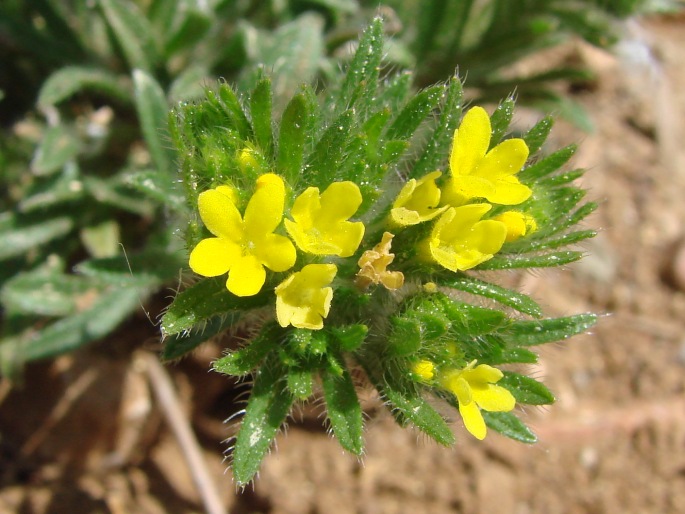
Distribution: Mediterranean species, also occurs in the Canary Islands and Crimea. It was introduced to Australia.
Ecology: It grows on rocky hillsides and slopes, on dry grasslands, pastures, but also along margins of bushes and roads, on human-altered habitats, from the coast to an elevation of about 1600 m. It flowers from March to June.
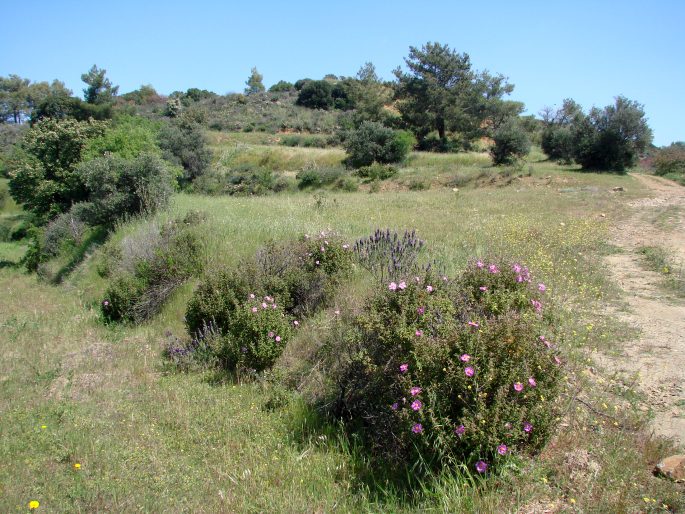
Description: Annual herb, 3–25(–30) cm tall, stem decumbent to erect, branched in the upper part, hairy. Basal leaves lanceolate to spathulate, 45(–60) × 7(–11) mm, cauline leaves alternate, sessile, linear or oblong-linear, 45(–70) × 6(–10) mm, hairy. The flowers in a dense cyme, pentamerous, sepals linear, acute, 3–4 mm long, slightly shorter than tube, corolla about 6 mm in diameter, yellow. The fruit is a nutlet.
Note: The genus Neatostema is monotypic.
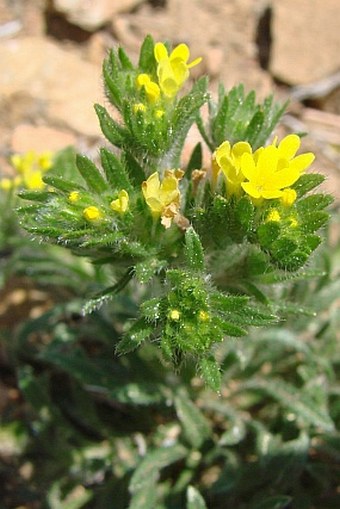
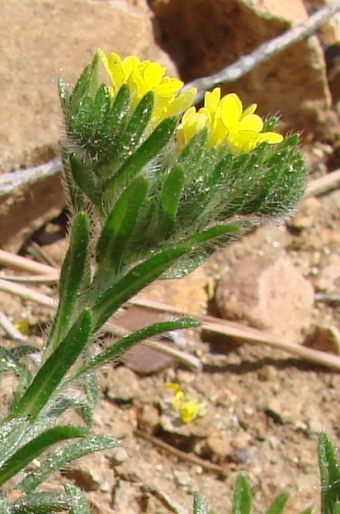
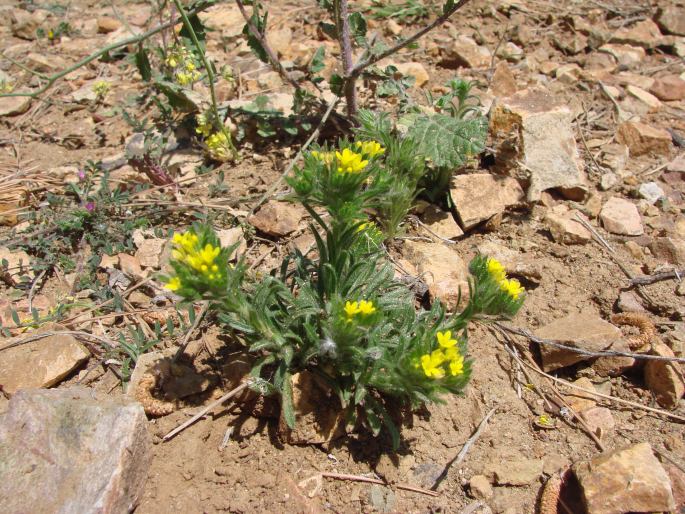
These images were taken in Cyprus, Lefkara (March 27, 2010).


